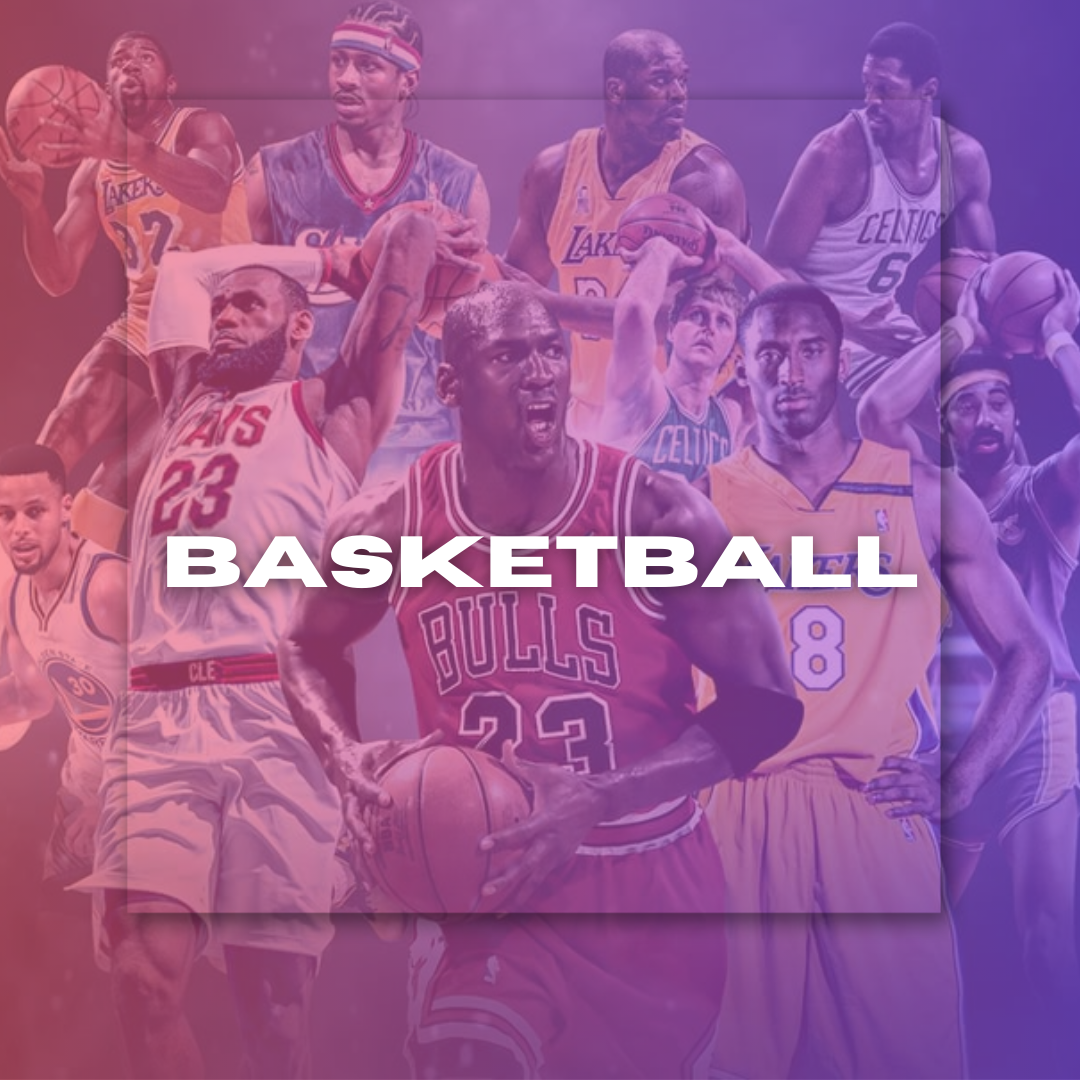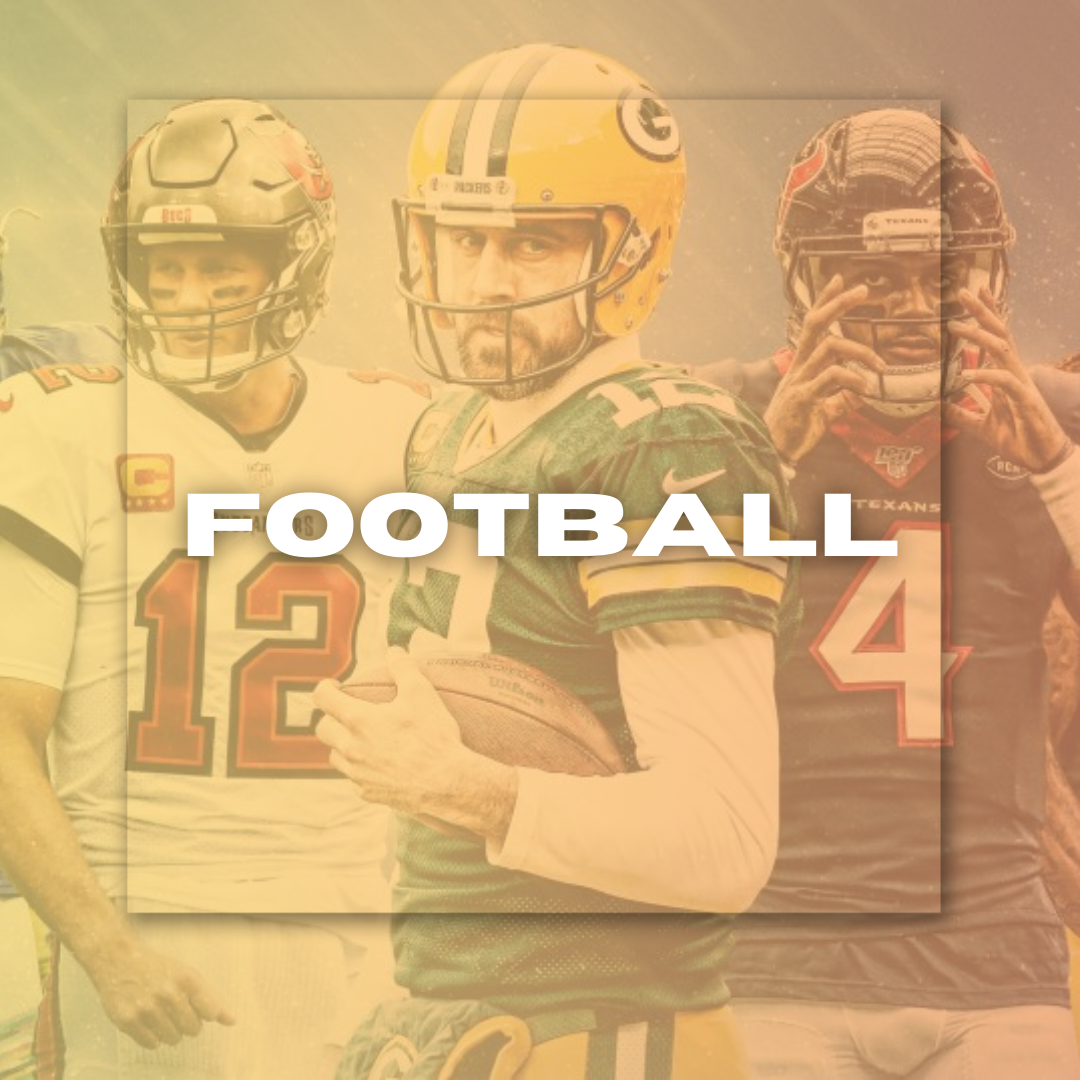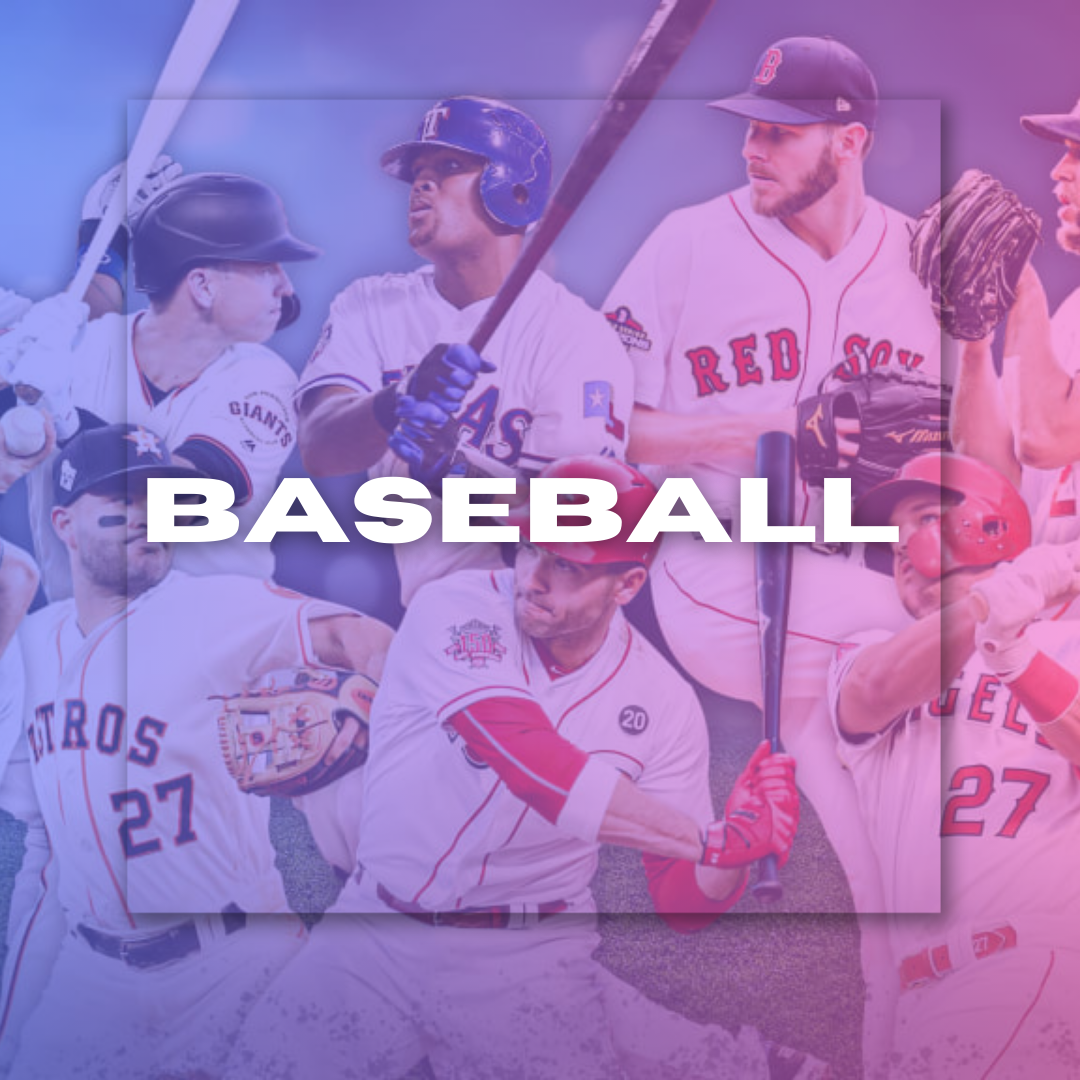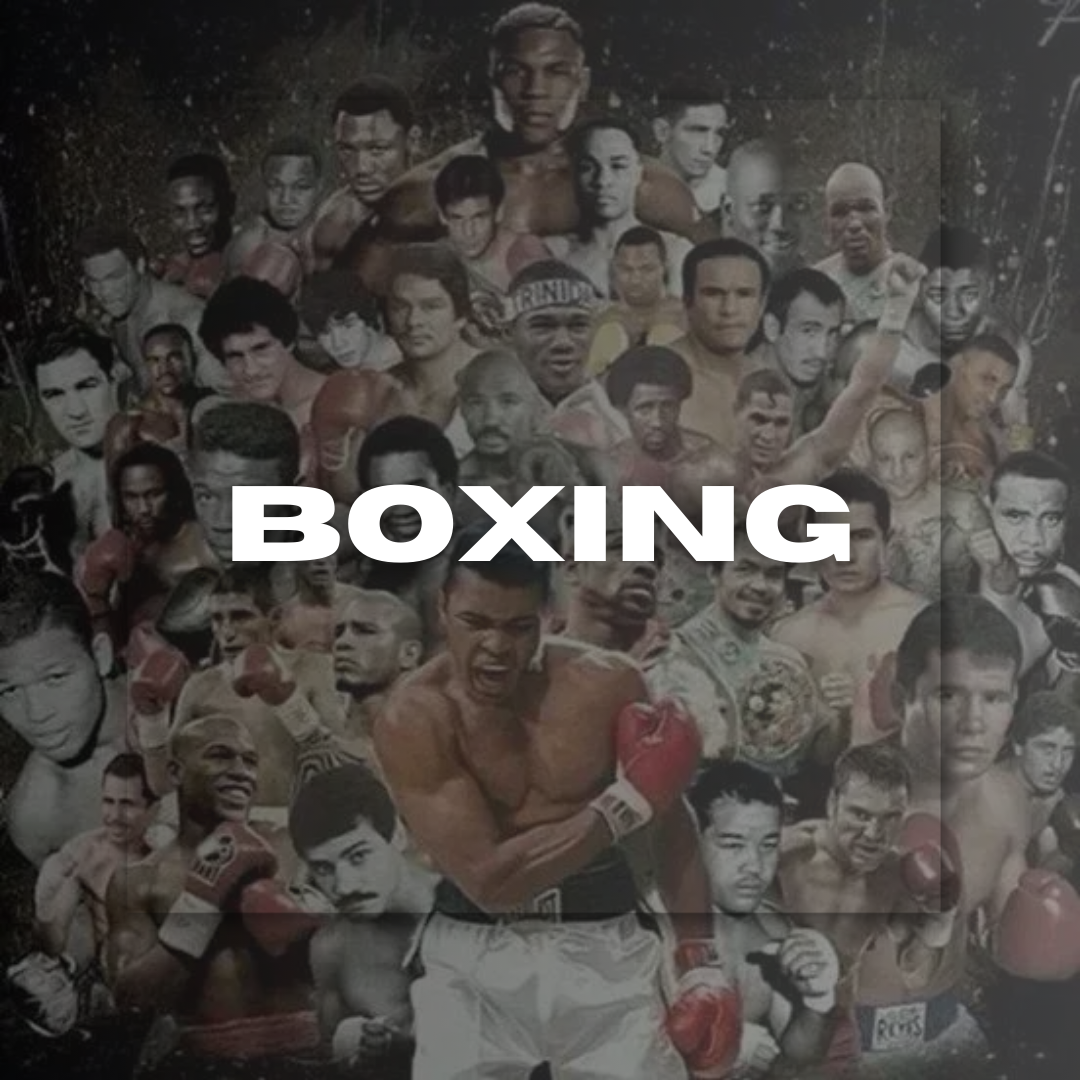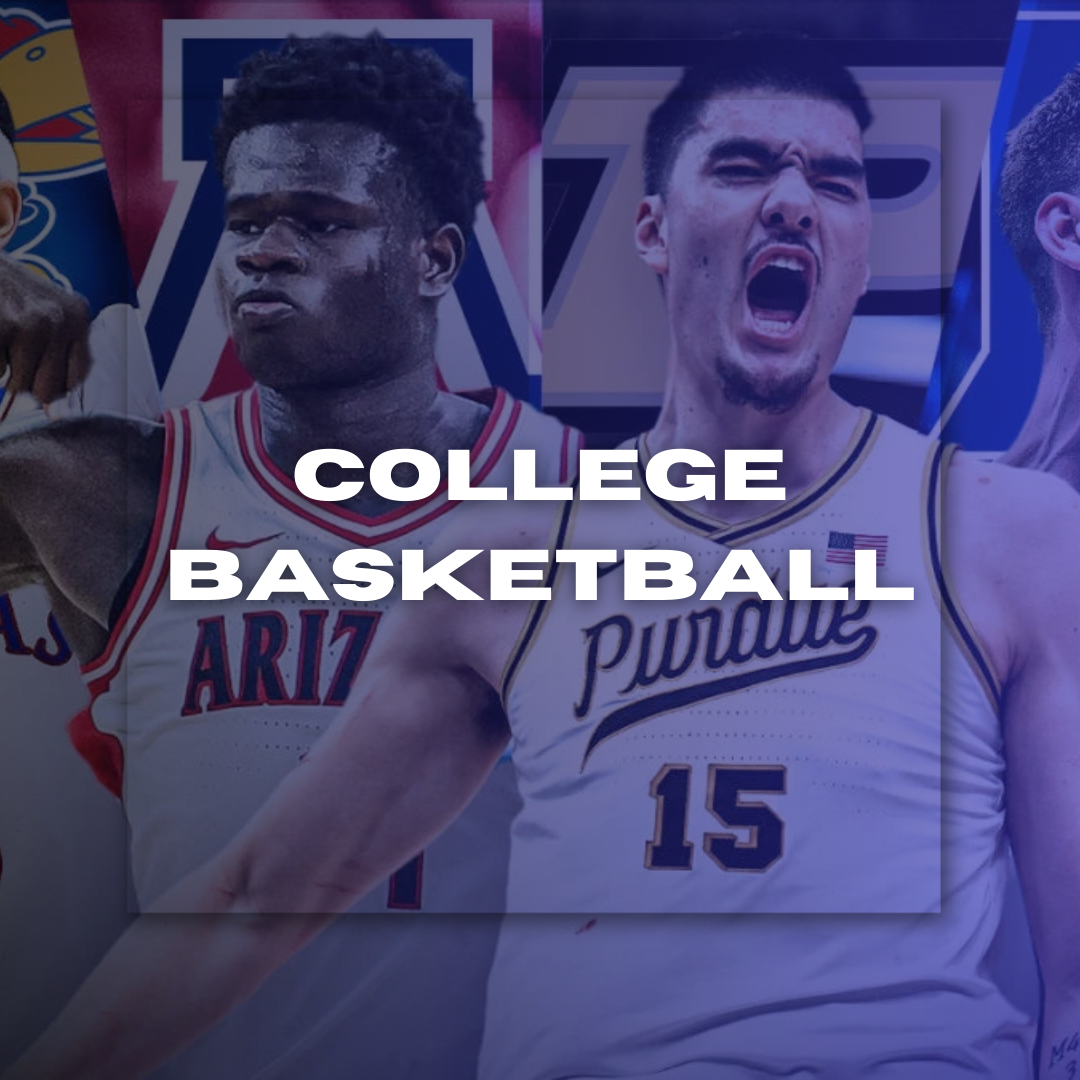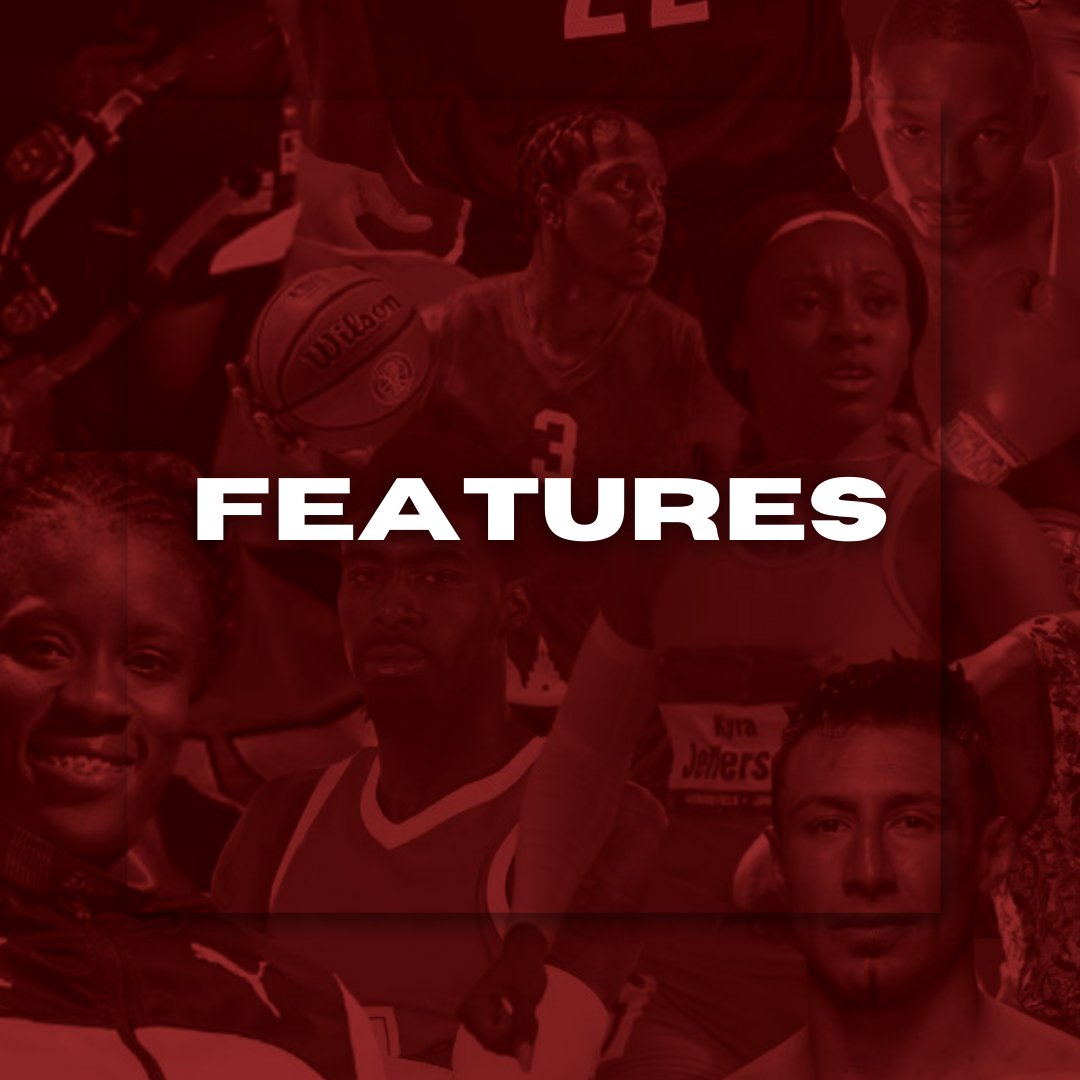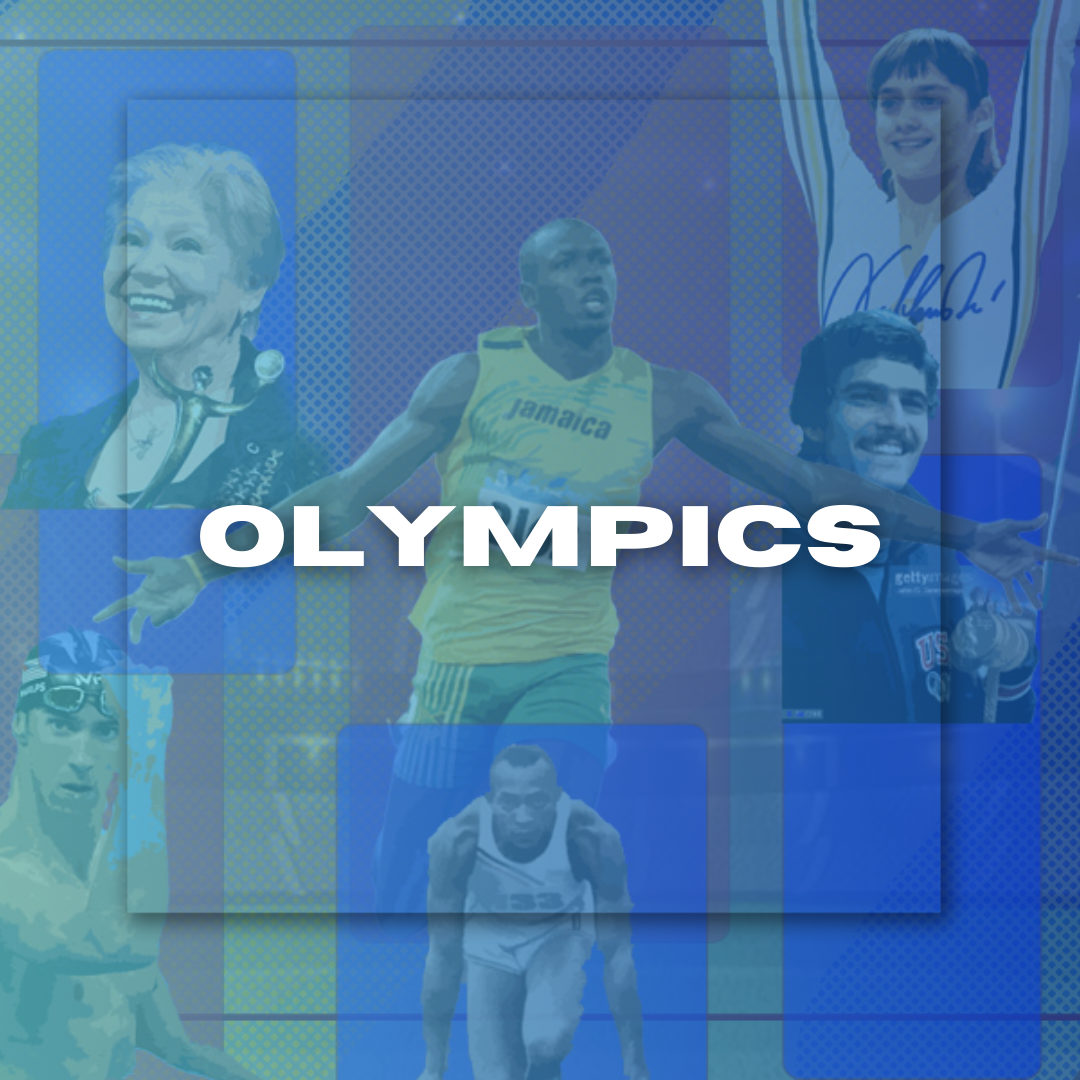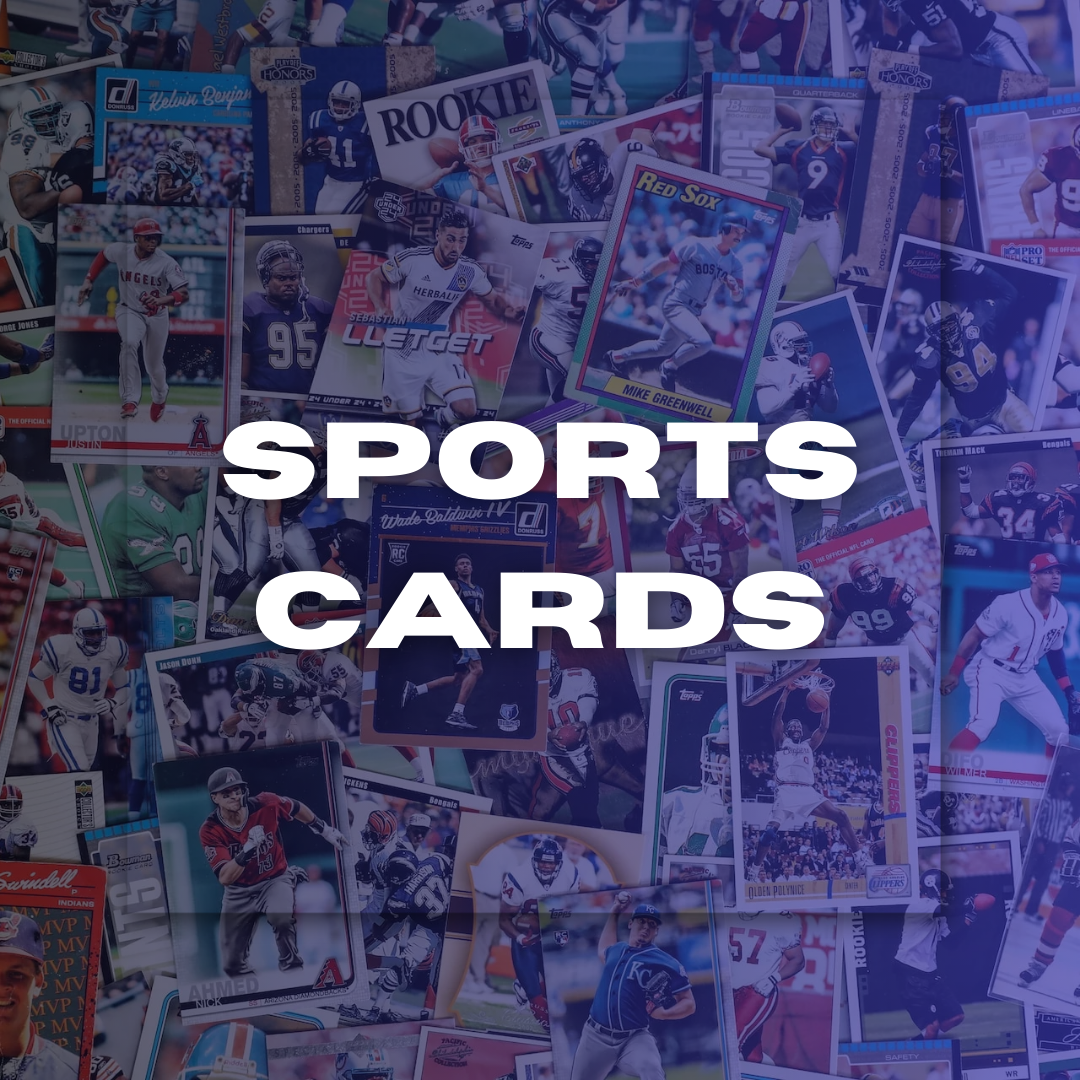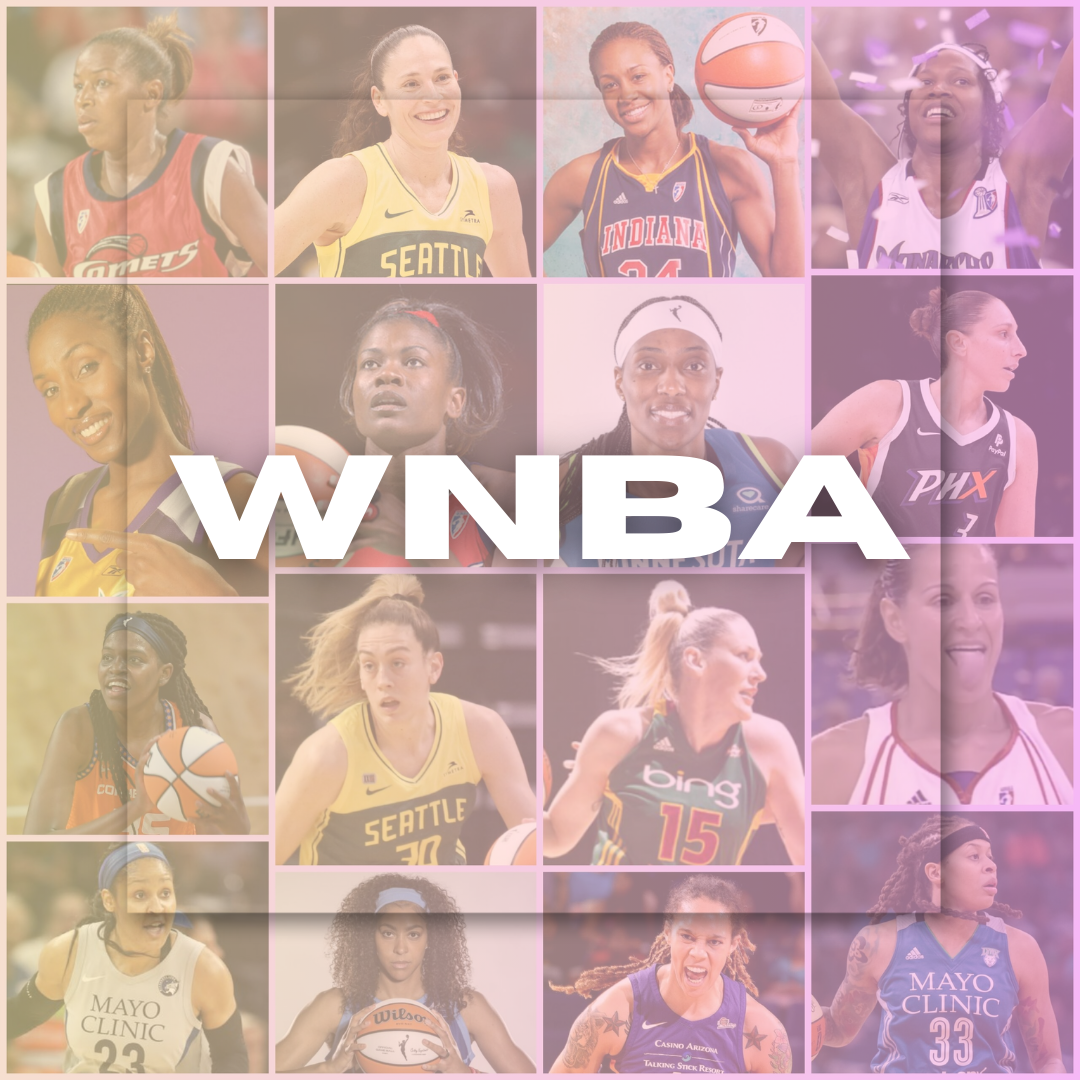A massive $2.8 billion settlement, The House v. NCAA, could potentially flip college sports upside down.
Finalized in late 2024 and scheduled for final approval by Judge Claudia Wilken on April 7, 2025, it deals with decades-long litigation over athlete compensation. It's a landmark moment that could spell the end for the outdated notion of amateurism in college sports.
Here's what going on and why it matters.
Why Did It Happen?
The settlement stems from a lawsuit filed in 2020 by former Arizona State swimmer Grant House.
He argued that NCAA rules blocking athletes from earning money off their name, image, and likeness (NIL) broke antitrust laws. For decades now, the NCAA has made billions from TV deals, ticket sales, and merchandise while athletes have gotten nothing beyond scholarships from it. The pressure built as NIL rules loosened in 2021, letting athletes sign sponsorship deals.
Luckily, this lawsuit doesn’t have any effect outside of the academic setting, so it won’t affect outside industries tied to sports, like sports betting, for example. Fans will still be able to enjoy the upcoming college games and place bets on the outcome, while wagering on player props remains prohibited on college athletes. Those interested in such bets will have to look at professional athletes and national leagues. With MLB, NFL, and NBA in full swing, offers like the PrizePicks promo code deliver valuable information on the odds and offers that will help people make insightful decisions.
While the NCAA keeps athletes away from prop bets, it is happy to have sponsorship deals but is now looking for a larger share of the pie. This suit, along with others such as Hubbard v. NCAA and Carter v. NCAA, made the NCAA settle instead of losing even more, potentially $20 billion, if it had proceeded to trial.
Roster Limits
A complicated aspect of the agreement trades scholarship restrictions for roster limits.
Football squads, for instance, were allowed 85 scholarships but could carry 120 players, including walk-ons. Now the cutoff is 105 players, and all can be on scholarship.
Baseball leaps from 11.7 scholarships divided among 30-plus players to a 34-player roster limit with full funding. That sounds good, more scholarships in total, right? But there's a negative. Thousands of roster spots, particularly for walk-ons and Olympic sports such as swimming or track, would be eliminated.
Coaches have already begun cutting players, and high school recruits have had offers withdrawn. Critics call this a budget reduction masquerading as innovation, and it's generated outrage among athletes and parents.
Back Pay and Revenue Sharing
If the settlement is approved, it would distribute $2.8 billion in retro pay to athletes who competed in Division I sports starting in 2016. The majority of that, roughly 90%, would be allocated to football and men's basketball players since those sports bring in the most.
The average award for Power Five football or basketball stars would be up to $135,000, paid out over 10 years. Projected ahead, schools can start paying revenue directly to athletes starting in the 2025-26 season. Each of the Power Five schools could pay up to $20.5 million per year, based on 22% of their media, ticket, and sponsorship revenue average. That amount will increase over the years, maybe reaching $33 million by 2035.
The players can still secure NIL deals on their own, but this direct payment is a game-changer; it no longer relies solely on boosters or collectives.
Scholarship Structures and Title IX Concerns
The removal of scholarship limits enables schools to provide full or partial scholarships to as many athletes as they wish, provided that they remain beneath roster limits.
Ohio State will add 91 scholarships across its programs, but not every school can do that. Smaller sports might be cut instead.
Then there's Title IX, the law mandating equal opportunity for women and men. The settlement doesn't say how revenue sharing should be split between genders. Some worry football will hog the money, shortchanging women's sports.
Legal scholars believe Title IX should cover it, yet schools are still learning how to balance it without triggering lawsuits.






















































